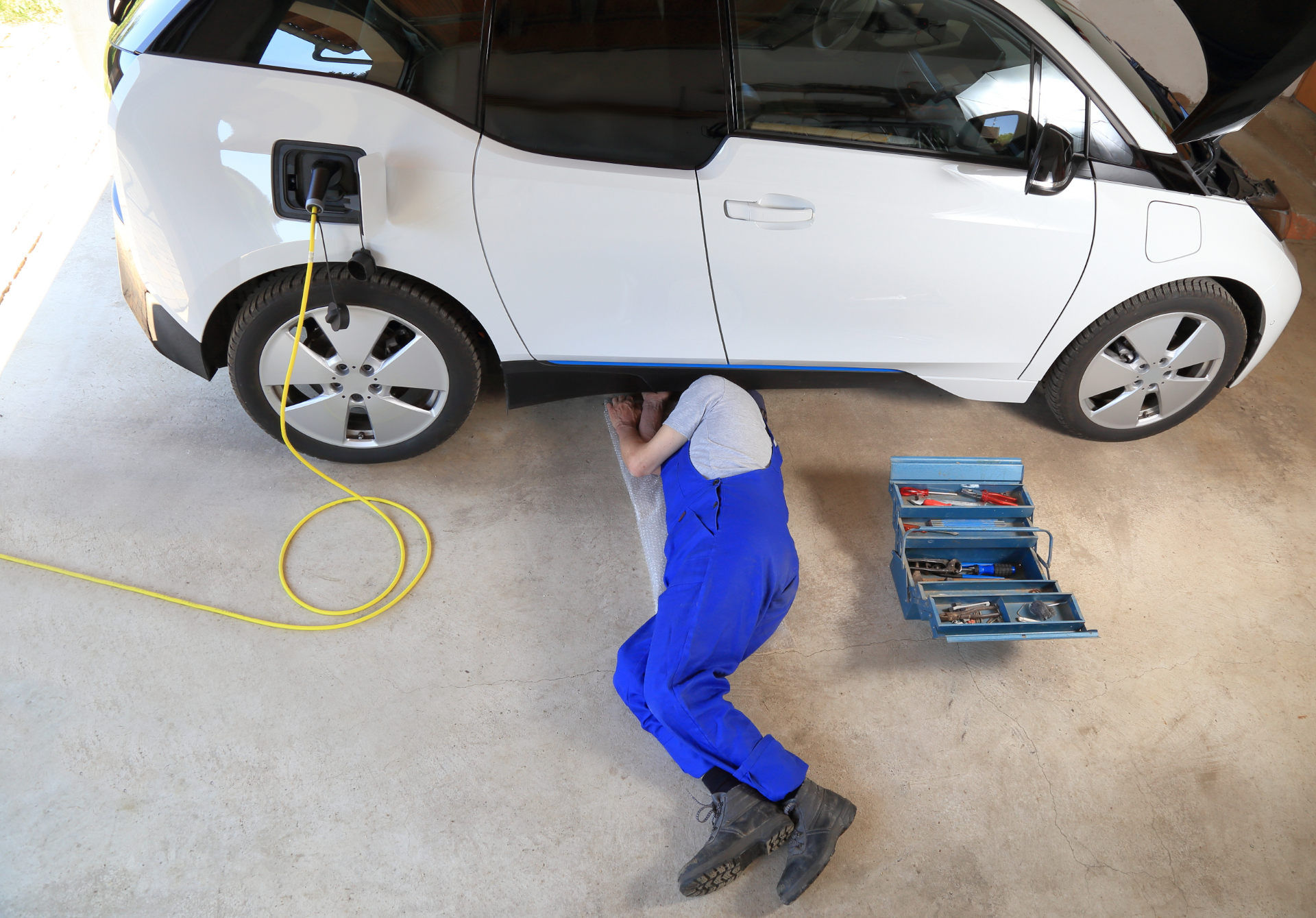Making sure that your car’s wheels are aligned correctly is an important part of annual vehicle maintenance. Wheels can become misaligned after hitting a kerb or pothole, or due to the excessive wear to steering or suspension components. Read on to find out more.
What are the effects of misaligned wheels?
If you can feel your car pulling to one side or there are vibrations in the steering wheel, this is likely to mean that the alignment is out. Uneven tyre wear is another common symptom of incorrect alignment.
How does wheel alignment work?
It is recommended that all four wheels are aligned at the same time. Using a series of high-definition sensors which measure the position and orientation of the wheels, computerised four wheel alignment analyses a minimum of 12 angles and compares them to the alignment data specified by the vehicle manufacturer.
What do the wheel alignment terms mean?
 There are a few terms which are associated with wheel alignment, and they are as follows:
There are a few terms which are associated with wheel alignment, and they are as follows:
“Camber” – is the inward or outward tilt of a tyre. The amount of tilt is measured in degrees from the vertical.
“Positive camber” – is when the wheels tilt outwards at the top. Too much positive camber will result in premature tyre wear on the outside of the tyre and cause suspension components to wear.
“Negative camber” – is when the wheel tilts inwards at the top. Too much negative camber will result in premature tyre wear on the inside of the tyre.
“Toe” – refers to whether the front of the tyres are closer or further apart than the rear of the tyres. The purpose of toe is to ensure that the wheels roll in parallel. When the wheels are turned in, toe is positive, and when the wheels are turned out, toe is negative. The actual amount of toe is normally only a fraction (e.g. 0.02) of a degree.
What does the wheel alignment print out mean?
 Once the alignment has been completed, you should receive two printed reports showing all the measurements before and after the alignment. All boxes on the sheet should be green after the work has been completed by the technician, meaning that the angles meet the manufacturer’s specification – if they are red, they don’t. The black arrow above each of the boxes indicates how much the angle is in or out relative to the manufacturer’s recommended parameters.
Once the alignment has been completed, you should receive two printed reports showing all the measurements before and after the alignment. All boxes on the sheet should be green after the work has been completed by the technician, meaning that the angles meet the manufacturer’s specification – if they are red, they don’t. The black arrow above each of the boxes indicates how much the angle is in or out relative to the manufacturer’s recommended parameters.
Where can I get my wheels aligned?
To find a local garage that is accredited to The Motor Ombudsman’s Service and Repair Code and that offers wheel alignment, please visit The Motor Ombudsman’s online Garage Finder here.
ENDS



